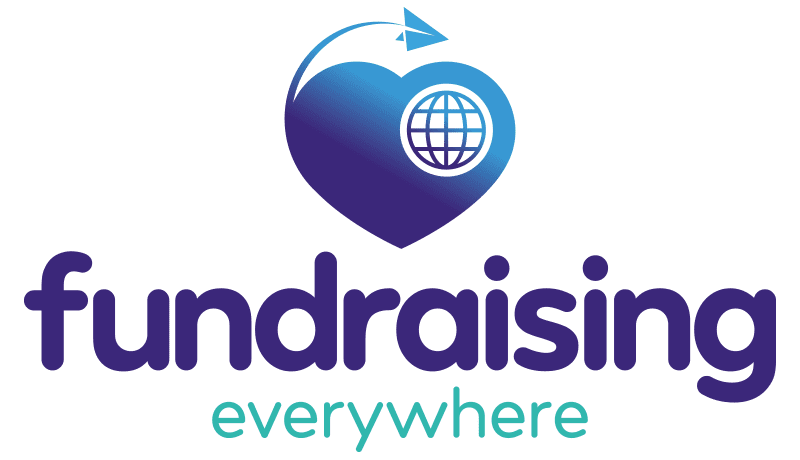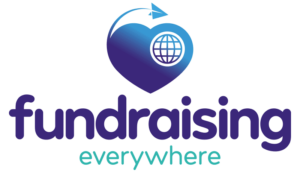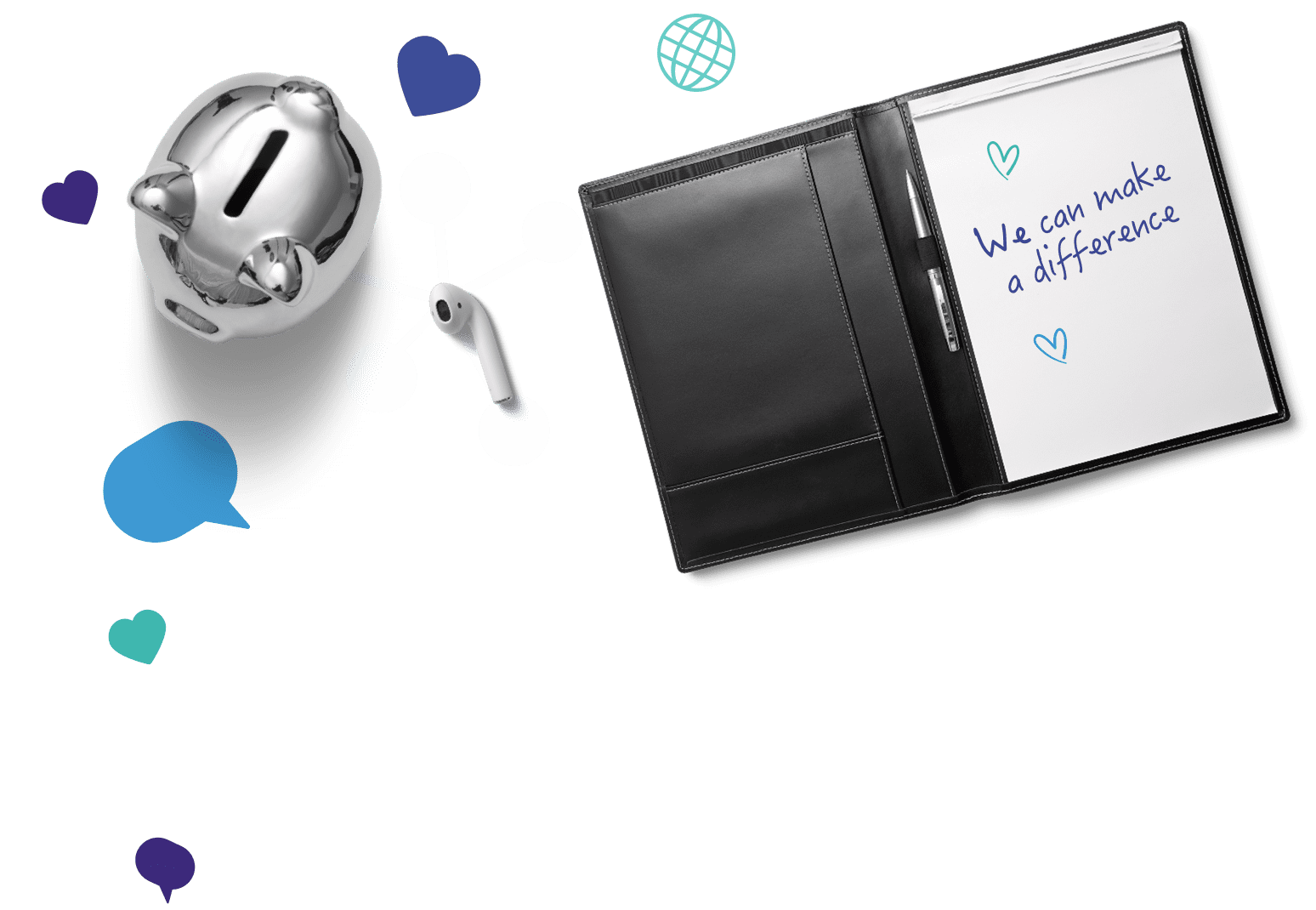
Your organisation’s donor engagement strategy shouldn’t be a one-size-fits-all plan. Donors vary in commitment and giving capacity; your stewardship approach should reflect this.
A tailored donor engagement strategy allows you to meet donors where they are and interact with them in ways that recognise their current impact and encourage them to grow their involvement.
Whether you want to increase revenue for your annual fund or solidify donor support ahead of a major campaign, this guide will help you determine the best strategies for engaging donors at different giving levels. Of course, your organisation’s unique donor pyramid may look slightly different, but these levels and strategies will give you a good starting point from which to build.
Major and planned donors
Major donors are supporters with a strong dedication to your cause and the ability to give in large amounts. Studies show that 88% of total charitable donations to the average organisation come from just 12% of donors. In other words, major donors are a small but mighty donor group that requires special attention.
Planned and legacy donors also fall into this category. They pledge to give to your organisation as part of their wills or estates. These donations often end up being among the largest charities receive—the typical planned gift is 200 times the size of a donor’s largest annual fund gift.
Because of their outsized impact, your major and planned donor engagement strategy should focus on creating a highly personalised experience tailored to each donor’s needs and interests.
Use these strategies to engage major donors and retain their support effectively:
- Create a major donor or planned giving society. Creating a special society for major donors allows you to provide exclusive opportunities to these supporters. Divide your major giving society into different levels based on donation amount and offer specific incentives at each level. For example, BWF’s donor engagement guide recommends offering donors special perks such as exclusive event invites.
- Offer naming rights for facilities or events. Donors who contribute your organisation’s largest gifts often do so because they want to leave a positive legacy. Honor their dedication by giving them the opportunity to have buildings, rooms, or events named after them.
- Provide exclusive access to meetings with leaders of your charity. Deepen relationships with major and legacy donors by connecting them with your charity’s top leaders. This gives donors greater insight into your organisation’s goals, priorities, and plans.
- Plan frequent phone calls and in-person meetings. Regularly call or meet with major donors to catch up with them, ask for their feedback, and provide updates on the impact of their gifts.
Most organisations find it worthwhile to focus a lot of time and energy on major donors because of their significant impact. You may even hire a major donor officer or team to concentrate solely on interacting with these supporters and building long-lasting relationships with them.
Mid-level and recurring donors
Often, mid-level donors show just as strong a commitment to your cause as major donors—they just give in slightly smaller amounts. Mid-level donors are typically loyal, long-term supporters involved in multiple aspects of a charity’s mission. According to a Sea Change Strategies study, 50% of mid-level donors volunteer, 33% advocate, and 28% serve in leadership roles.
Mid-level donors are often individuals, but this group can also include corporate donors who sponsor your events or campaigns.
These donors deserve a high level of recognition for their commitment and valuable contributions. Try these strategies to engage them more deeply:
- Personalise your communications. Use the donor details in your organisation’s CRM to personalise outreach to mid-level donors. Address all communications with their preferred names and reference their past interactions with your organisation, whether donations, volunteer experiences, or events.
- Send feedback surveys. Ask mid-level donors for their input on your charity’s activities. You can ask them for feedback on basically anything, from your donation process to their event experiences to your communications cadence. Follow up with donors who complete surveys to thank them and explain how you’ll incorporate their feedback.
- Provide impact updates. Send mid-level donors personalised impact reports recapping their gifts’ positive effects on your mission. Tie their donation amounts to hard data showing how they impacted your cause. For example, you can say, “Melissa, your £1,000 gift funded the purchase of three new student laptops to facilitate learning.”
Keep in mind that mid-level donors are frequent contributors of planned gifts and bequests. According to the Sea Change Strategies study, more than half of mid-level donors surveyed have either made a bequest to a charity (31%) or are in the planning stage of doing so (23%).
Therefore, these genuine and personalised engagement strategies can help build long-lasting relationships with potential planned donors, which will benefit your organisation in the long term.
Small, new, and infrequent donors
First-time, small, and infrequent donors form the bottom of the donor pyramid. They’re likely your largest donor group, but probably don’t make up a significant portion of your fundraising revenue. However, that doesn’t mean engaging with these donors shouldn’t be a priority.
Small donors are crucial to efforts such as crowdfunding campaigns. With effective stewardship, new donors can become long-term donors, and infrequent donors can be inspired to transition into recurring giving.
With that in mind, here are a few key strategies for engaging small, new, and infrequent donors:
- Create new donor welcome journeys. A new donor welcome journey is a communication series focused on engaging new supporters right after they give and introducing them to your organisation’s work. This communications cadence could include an immediate thank-you email after their first donation and subsequent emails detailing your charity’s mission and how donations fuel your ability to achieve your goals.
- Conduct social media outreach and engagement. Social media is an effective way to passively engage with new donors in a low-stakes environment. In your follow-up thank-you email, encourage new donors to connect with you on social media. Then, use these platforms to share photos and videos of staff members, volunteers, and beneficiaries. Also, provide charts and graphs demonstrating the impact and extent of your organisation’s charitable efforts.
- Send invitations to engage in multiple mission-related activities. Show new donors the multitude of ways they can positively impact your mission beyond donating. Invite them to explore volunteer opportunities, advocacy events, and peer-to-peer fundraising campaigns.
These engagement efforts are cost-effective and don’t require a ton of dedicated stewardship from your donor engagement team. However, they’re still comprehensive enough to catch the eye of new or small donors and empower them to get more involved with your organisation on their own terms.
Next steps: Sending effective fundraising appeals
No matter which donors you’re engaging with, don’t wait too long to send another fundraising appeal. After sending a few appreciation messages, impact updates, and non-financial involvement opportunities, create tailored fundraising requests based on their level of engagement and past gift amounts.
With strategic stewardship efforts and personalized donation requests, you’ll increase the chances that donors will respond positively to your outreach and stay involved with your organisation for years to come.






